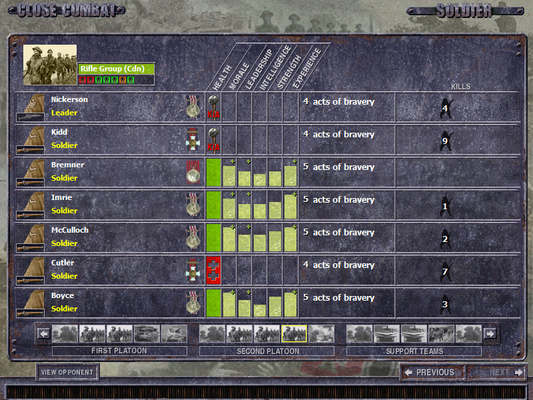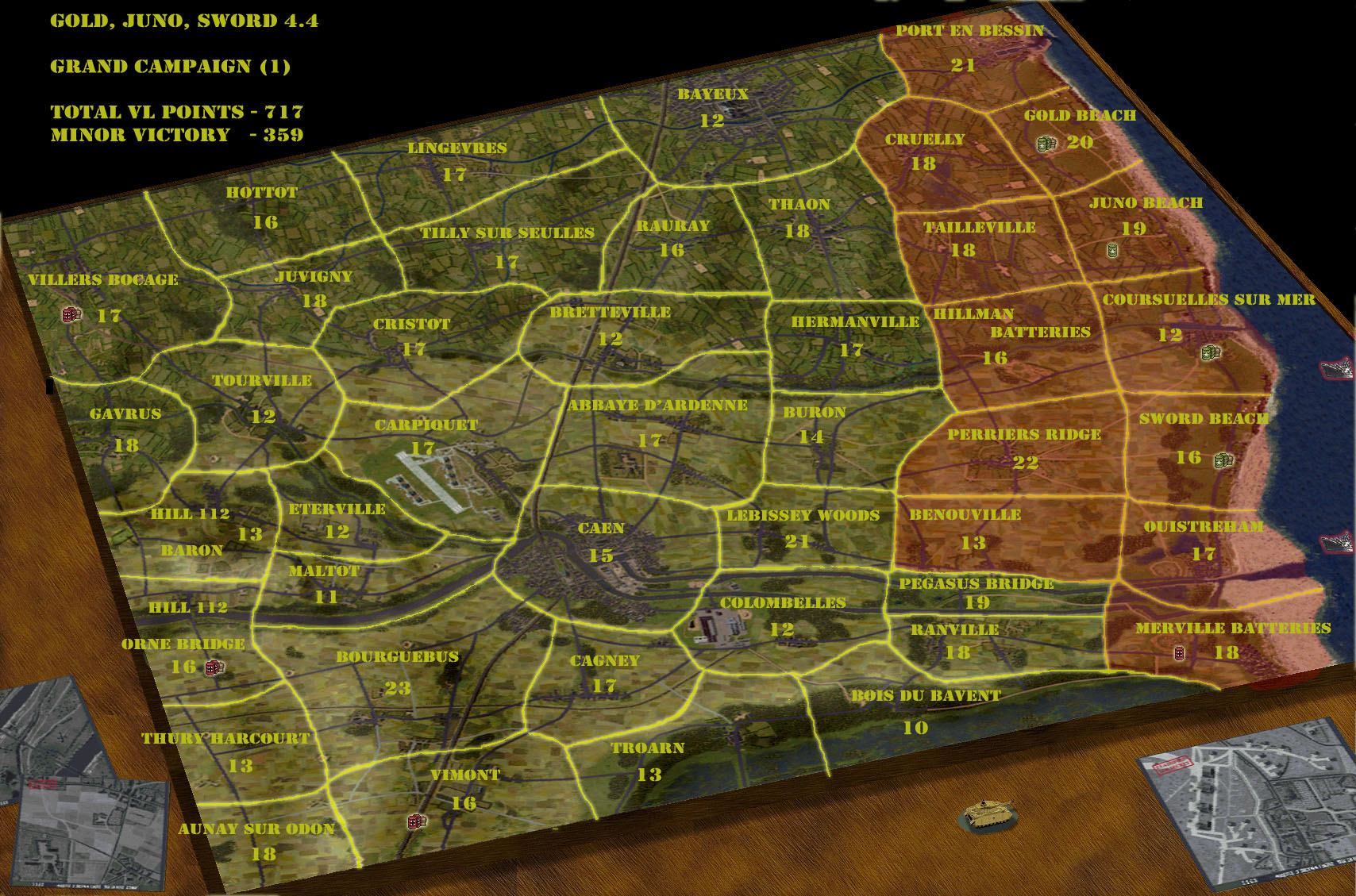Pacific would be mostly inf. based combat, same with SWPA, SEA, Italy. The next obvious big ticket region for the game would be Soviet Union/eastern front; second area would be North Africa. However, the possibility exists that there may be no further game, and there is no series.
I'll go out on a limb, and suggest that a WW1 setting would be workable with the game, across a range of regions. It wasn't all bogged down in trenches.
With existing points/win criteria, WW1 would be perfect as it would reward the holding of a bit of inconsequential patch of land for a trade in the bodycount. It would be incredibly slow and boring though as it would be mainly infantry. Air power would be slow and vulnerable with little hitting power.
I'm all for eastern front and preferably North Africa. Good range of equipment though terrain might be a bit flat and empty unless an area with escarpment, ridges and wadis is chosen. Visibility would need to be reworked because AT guns were sometimes hidden by heat haze especially if dug in.




